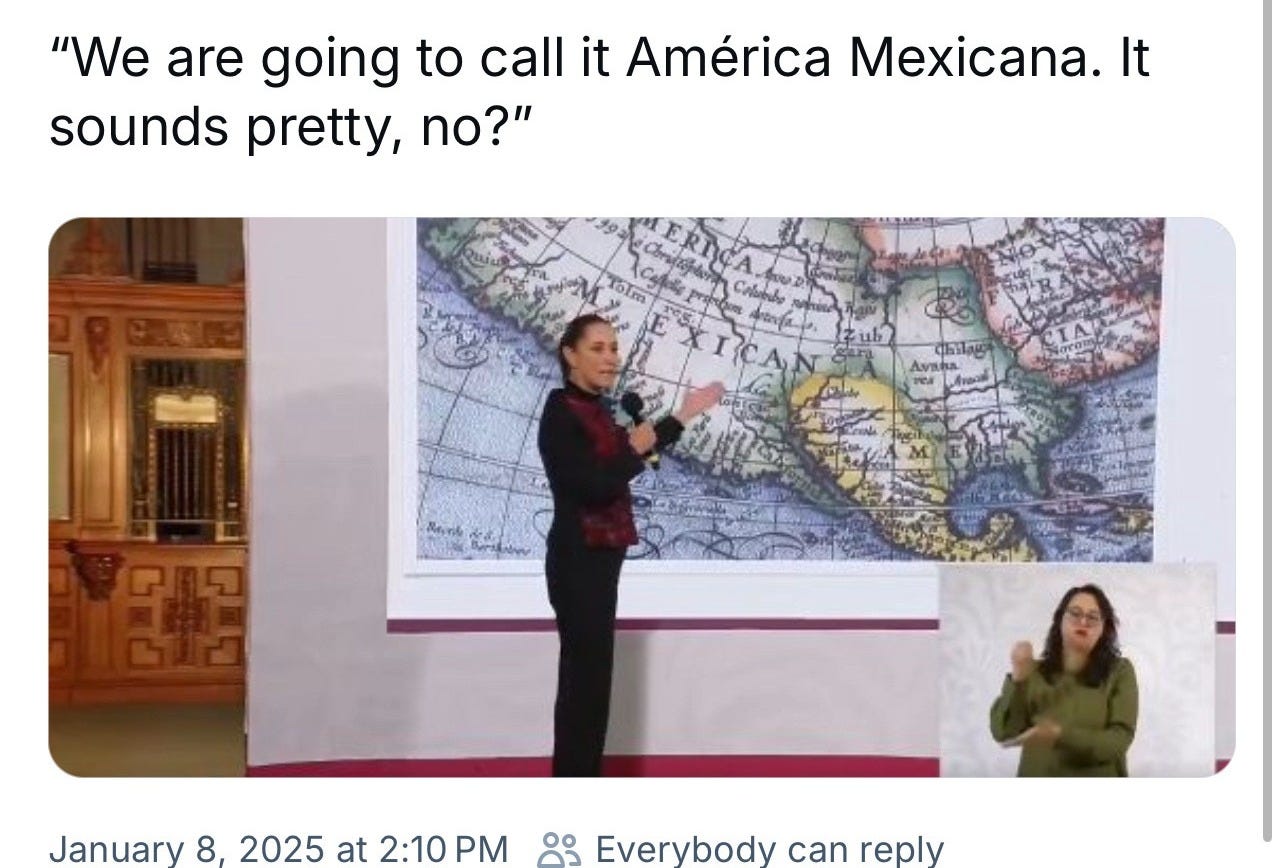Mexican Standoff
The Weaponization of Gridlock

What happens when everyone has the power to block progress, but no one has the will to lead? The Mexican Standoff isn’t just a political metaphor, it’s a global reality, paralyzing decision-making and escalating risks.
A World Stuck in Stalemate
The term Mexican Standoff evokes a tense, frozen moment where any move triggers disaster. Even the title should be a disaster, but is appropriate for this moment. In Top Risks 2025, it reflects the global deadlock where rival powers, polarized politics, and fragmented institutions render meaningful action impossible.
This isn’t just about diplomacy, it’s a structural breakdown in how decisions are made. From climate change and trade policies to geopolitical conflicts and tech governance, the inability to move forward creates a cascade of missed opportunities and amplified risks.
For businesses, this paralysis isn’t just inconvenient, it is truly existential. A world in gridlock means volatile markets, unpredictable policies, and rising costs of inaction.

The Mechanics of the Standoff
The Standoff thrives in a world of:
- Multipolar Rivalries:
The US, China, and other major powers block each other’s initiatives, prioritizing competition over collaboration. This ensures that no single player gains an advantage—but it also ensures no progress is made. - Domestic Polarization:
Nations are increasingly divided internally, with governments paralyzed by partisan gridlock. Even when solutions are obvious, political actors refuse to compromise, fearing backlash from their polarized bases. - Weak Institutions:
Global organizations like the UN or WTO are sidelined, either by design or dysfunction. Without effective arbiters, disputes fester instead of being resolved. - Weaponized Veto Power:
From trade agreements to climate negotiations, nations or blocs with veto power wield it as a tool to secure narrow, short-term advantages, ignoring long-term global impacts.
The result is a world where problems pile up, and solutions grow increasingly out of reach.
The Consequences of Gridlock
The paralysis of the Standoff has far-reaching consequences:
- Global Crises Go Unresolved:
Climate change, supply chain disruptions, and energy transitions require coordinated action. Gridlock ensures these challenges worsen, compounding costs for everyone. - Economic Instability:
Unpredictable trade policies and regulatory inaction create volatility in markets, undermining investment and growth. - Escalation of Conflicts:
Geopolitical hotspots like Taiwan, Ukraine, and the Middle East remain unresolved, with tensions escalating in the absence of diplomacy. - Loss of Trust in Leadership:
Citizens and businesses alike lose faith in governments and institutions incapable of addressing urgent challenges, leading to increased populism and social unrest.
Why the Standoff Persists
The Mexican Standoff endures because the US will not take the first step toward compromise. Fear of appearing weak, losing leverage, or empowering rivals keeps key players locked in place.
For businesses, this means operating in a world where inertia, not strategy, dominates decision-making. Preparing for this reality is no longer optional—it’s essential.
Navigating the Mexican Standoff
- Plan for Policy Volatility:
Build flexibility into your strategies to adapt to sudden shifts in trade policies, tariffs, or regulations that result from fractured decision-making. - Diversify Geopolitical Risks:
Avoid over-reliance on any one market or region. Spread operations and investments to mitigate risks from deadlocked or unstable jurisdictions. - Engage in Private-Sector Diplomacy:
When governments fail to act, businesses can step up. Forge cross-border partnerships and collaborative initiatives to fill the void left by political gridlock. - Invest in Resilience:
Strengthen supply chains, bolster cybersecurity, and develop contingency plans to weather prolonged periods of instability and inaction. - Support Multilateral Solutions:
Advocate for and participate in efforts to strengthen global institutions, ensuring they remain relevant and capable of facilitating progress.
Breaking the Deadlock
The Mexican Standoff might seem like an unbreakable impasse, but history shows that crises often catalyze action. The question is whether leaders—and businesses—are prepared to seize those moments or continue the cycle of paralysis.
How is your organization preparing for a world stuck in stalemate? Let’s explore strategies to adapt, lead, and thrive despite the gridlock.
This Substack is reader-supported. To receive new posts and support my work, consider becoming a free or paid subscriber.
This is what I’m working on. Tell me what you think, I enjoy the conversation! Subscribe and follow the work in real time.
Thanks!
B
This Mexican Standoff paralyzes progress—rivalries block action, crises worsen, and markets falter. Plan for volatility, diversify risks, and lead where governments fail. Inaction costs more than courage.
PS -





